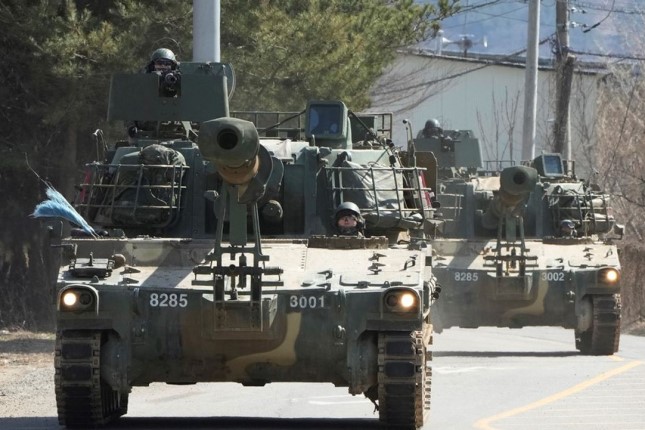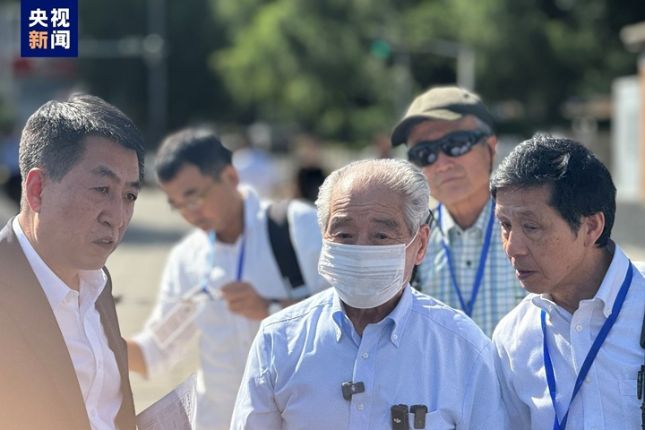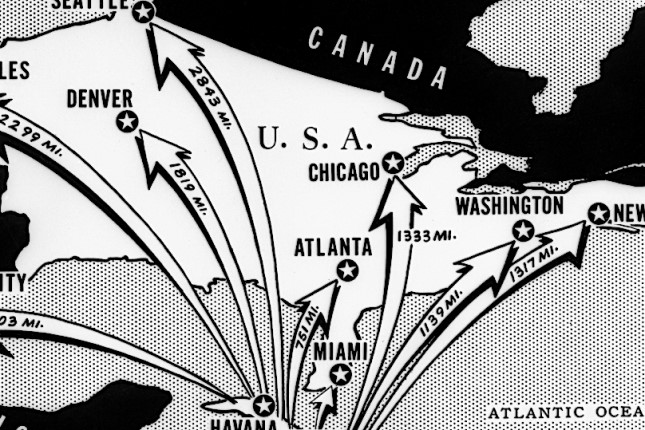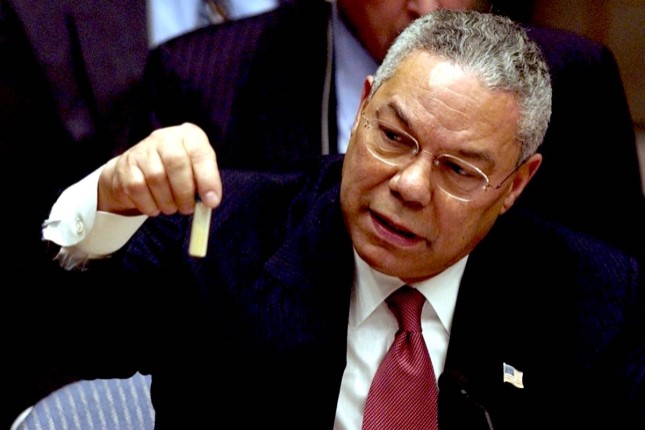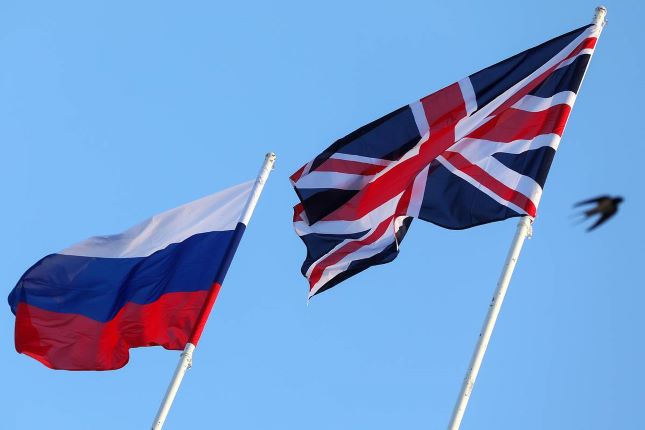Ostensibly directed against the North Korean “threat,” Washington and Seoul are conducting these war games as the allies rapidly accelerate plans for launching a war against China. They are the largest drills the two countries have held in five years.
The exercises, dubbed Freedom Shield and Warrior Shield, will run from March 13–23, the longest continuous drills the US and South Korea have ever held without a break. A South Korean official told the media that the purpose was to simulate an actual combat situation. The two exercises will combine computer simulations with field drills. Warrior Shield replaces the Foal Eagle drills that were suspended in 2019.
Later in the month, Washington and Seoul also plan to stage drills with a US nuclear-power Nimitz-class aircraft carrier as well as nuclear-powered submarines armed with Tomahawk cruise missiles. The submarine drills would also include Japan, as Washington increasingly pushes for closer military cooperation between Seoul and Tokyo.
The spokesman for US Forces Korea, Colonel Isaac Taylor, stated at a press briefing on March 3, “Freedom Shield is designed to strengthen defense and response capabilities of the alliance by focusing within the exercise scenario on things such as the changing security environment, DPRK [North Korea] aggression, and lessons learned from recent wars and conflicts [emphasis added].”
In other words, the tactics that the US has developed in the war it instigated in Ukraine against Russia are now being applied to war preparations against China, rather than North Korea. The US possesses the weaponry to destroy the latter several times over, as it has previously threatened to do.
Washington is attempting to stoke a conflict over the island of Taiwan, goading Beijing into taking military action in order to paint China as the aggressor. In the event of war, South Korea would be on the frontlines, a fact that is not being discussed in the South Korean media or by either of the two main bourgeois parties. The advanced preparations for war are being deliberately hidden from public view.
Washington has ramped up its vilification of China in recent weeks, with claims of “spy balloons” and promoting the discredited and unscientific conspiracy theory that COVID-19 escaped from a Chinese lab.
Last Thursday, the US Director of National Intelligence Avril Haines confirmed the end of Washington’s policy “strategic ambiguity” over Taiwan, replacing it with a commitment to back Taipei militarily if war with China breaks out—whatever the circumstances.
In January, a leaked memo by US Air Force General Michael Minihan predicted war with China by 2025 and ordered his commanders to train and prepare accordingly.
South Korean politicians like President Yoon Suk-yeol and the media have also waged a campaign to foment anti-China feelings over the last several years. A report published last August by the Center for American Progress, a US Democratic Party think tank, called for Washington to utilize this anti-Chinese sentiment to strengthen Washington’s alliance with Seoul.
The report also pointed out that the South Korean population was unprepared for a confrontation with China. It said that “elevated and continued Korean public hostility toward China—and President Yoon’s recognition of that sentiment—creates new opportunities for Seoul to further align its foreign policy with the United States and its other regional partners as they seek to prevent PRC [People’s Republic of China] hegemony in the region and uphold a rules-based order.”
The report called for South Korea’s inclusion in the Quadrilateral Security Dialogue (the Quad), a quasi-military alliance aimed against China that includes the US, Japan, Australia, and India; for Washington to press Seoul and Tokyo to improve bilateral relations; and to develop so-called economic “anti-coercion” strategies between the US and South Korea to pull Seoul away from China economically.
The current Freedom Shield and Warrior Shield exercises should be seen in this context. The resumption of large-scale military exercises began last August, following the end of a tacit agreement between Washington and Pyongyang, under which North Korea agreed to a moratorium on long-range missile and nuclear tests while the US scaled down, but did not entirely halt, joint military drills with South Korea.
That agreement, orchestrated in 2018 between then-US President Donald Trump and North Korean leader Kim Jong-un, was aimed at coaxing North Korea out of China’s orbit using a mixture of threats and vague promises of economic assistance.
Washington effectively scuttled the deal by refusing to address any of Pyongyang’s security concerns, namely the fear that if the regime were to surrender its weapon programs, it would be vulnerable to US attack, as was the case in Iraq and Libya. After coming to office in January 2021, the Biden administration allowed the situation with Pyongyang to languish, leading to Pyongyang’s resumption of long-range missile tests last year in a desperate attempt to bring Washington back to the bargaining table.
Having no interest in reaching a genuine agreement with Pyongyang, Washington has exploited the missile tests for its own ends. It used the launches as an excuse to resume the large-scale military exercises on China’s doorstep while also deploying strategic assets—weaponry capable of delivering a nuclear weapon—to the Korean Peninsula, such as repeated visits by B-52 bombers and the nuclear-powered USS Ronald Reagan aircraft carrier.
Washington continued to goad North Korea, which led to a series of missile tests following the US-South Korea drills in August. The Biden administration seized on these tests to ramp up tensions in the region as well as declaring in November that strategic assets would be deployed to South Korea on a de facto permanent basis for the first time since 1991.
Pyongyang is being pushed into a corner, where it feels it must respond. On Thursday, the North fired six short-range ballistic missiles into the Yellow Sea, according to Seoul, while also conducting artillery drills. The US-South Korean joint drills therefore raise the risk of further military escalation.
Photo: South Korean army K-5 self-propelled howitzers in Yeoncheon, near the North Korea border on March 13, 2023. It was part of the largest joint US-South Korean military exercises in years © AP Photo / Ahn Young-joon.
Source: World Socialist Web Site.
